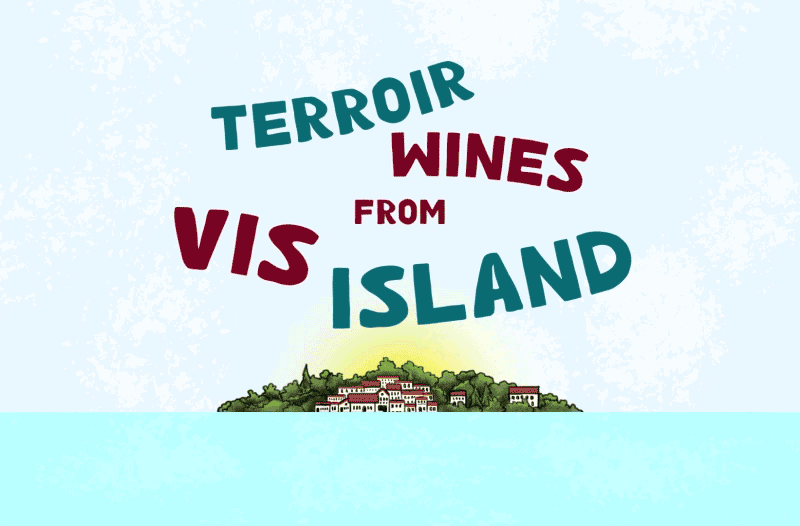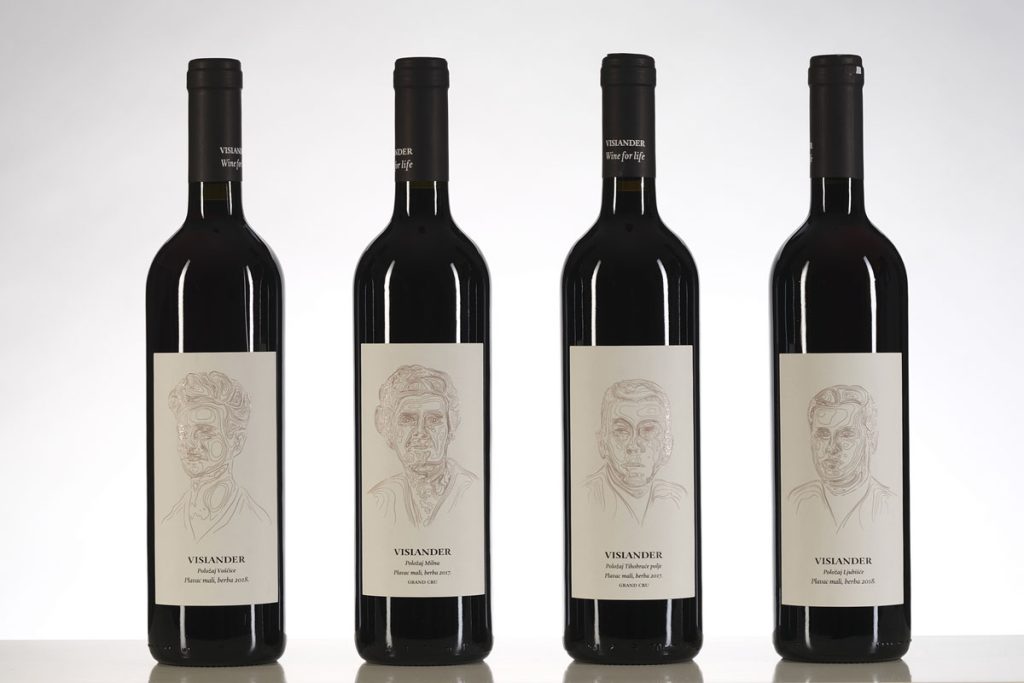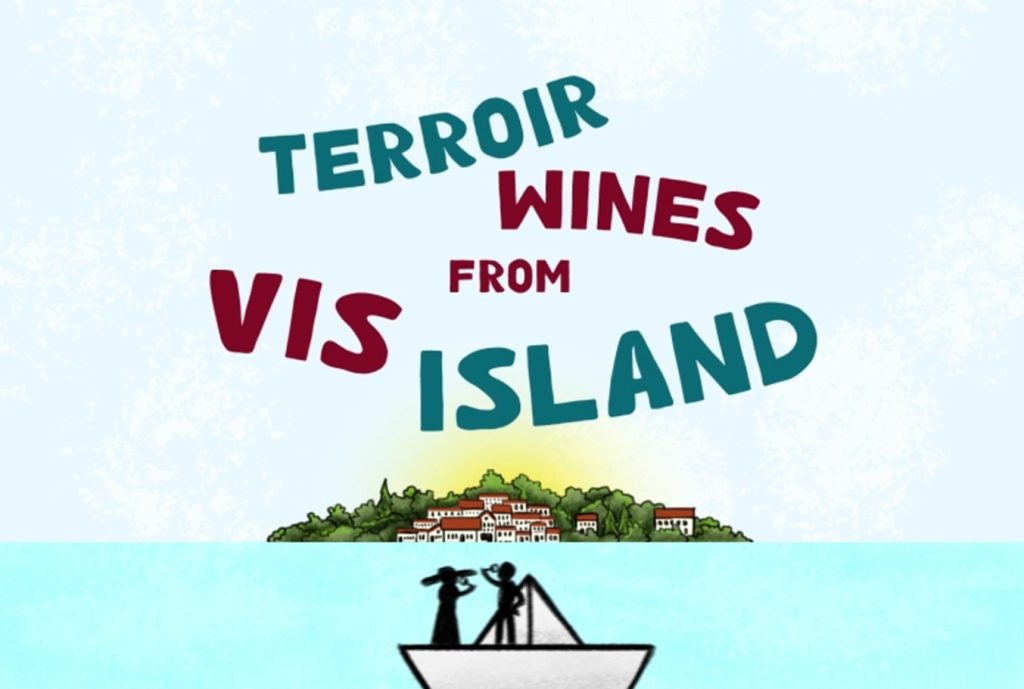October 31, 2023. – As Wine & More writes, in the world of wines, there exists a term that carries an aura of mystique and uniqueness: terroir. This enigmatic concept encapsulates the essence of a wine’s identity, representing the marriage between nature’s bounty and human craftsmanship.

What is terroir wine?
The term terroir, a French word translating to the “sense of place” in wine, refers to the distinctive environmental factors that mold a wine’s character – elements that cannot be replicated elsewhere, making each bottle an exquisite, unrepeatable creation.
The mystique surrounding terroir has, however, been clouded by misuse and misinterpretation. Nowadays, the term “terroir-driven wines” is liberally sprinkled across product leaflets and wine descriptions, often without a genuine understanding of its profound significance.
Terroir is more than a marketing buzzword; it celebrates a specific place, the soil it cradles, the climate it experiences, and the dedicated individuals who nurture the vines.
At its core, terroir encompasses a complex interplay of factors – soil composition, climate, and microclimate – shaping a vineyard’s unique fingerprint.
This distinctiveness means that even if two vineyards cultivate the same grape variety under identical conditions, the resulting wines may exhibit nuanced differences.
These differences, which can be attributed to the specific environmental factors of the vineyard or region where the grapes were grown, are the true essence of terroir.
The essence of terroir encompasses all the inherent qualities of a specific location—not a region or appellation, but a precise vineyard or even a specific spot within it. Intuitively, we perceive that soil attributes play a pivotal role in shaping the unique terroir expression in wine.
How does terroir affect wine?
Here are some ways in which terroir can affect the characteristics of the wine:
- Flavor Profile: Terroir imparts unique flavors and aromas to wines. The soil composition contributes specific mineral and earthy notes, while the climate and microclimate influence the ripeness of the fruit, creating a sensory journey for wine enthusiasts.
- Texture and Mouthfeel: Grapes grown in different soils may produce wines with varying structures, such as firmer tannins or a silkier texture, dictating how the wine feels on the palate.
- Complexity: Terroir enriches a wine’s aroma, adding depth to both scent and taste. The interplay of environmental elements creates a symphony of flavors, making each sip a multidimensional experience.
- Balance and Acidity: The natural acidity of grapes, influenced by the vineyard’s climate and soil, affects the wine’s overall balance. Different terroirs result in wines with varying levels of acidity, influencing their aging potential and compatibility with different cuisines.
- Unique Identity: Every wine region or vineyard possesses a distinct terroir, bestowing upon its wines a unique identity. This individuality is a testament to the craftsmanship and dedication of the winemakers, making each bottle a treasure trove of regional essence.
- Varietal Expression: Terroir can accentuate or modify the expression of specific grape varieties. Wines made from the same grape variety but grown in different terroirs exhibit distinct characteristics, showcasing the grape’s versatility and adaptability to its environment.
- Wine Aging Potential: Terroir-driven wines age differently, their structure allowing them to evolve and improve over time. This characteristic adds a layer of intrigue, making them a favorite among collectors and connoisseurs.
What are examples of CROATIAN terroir WINES?

Excellent examples of terroir-driven wines come from Vislander Winery, which produces four different labels of wines, all made from the same variety – Plavac mali.
These four wines provide a captivating exploration of Plavac Mali’s diverse expressions. The appellations after which they have been named are actually vineyard positions named after the karst fields where the grapes are grown.
Vislander Milna Plavac Mali 2019 entices with a complex bouquet, showcasing the grape’s signature black currant and dry plum notes intertwined with Mediterranean herbal aromas. Its robust structure effortlessly carries well-integrated tannins, leaving a harmonious impression on the palate.
In contrast, Vislander Tihobraće Plavac Mali 2019 exhibits a deeper ripeness and a firm body, requiring patience to reveal its intricacies. Once opened, it unveils a multi-layered, terroir-driven complexity accentuated by pronounced yet balanced Plavac tannins. Darker fruit profiles and herbal undertones add depth, hinting at impressive aging potential.
Surprisingly refreshing, Vislander Ljubišće Plavac Mali 2018 stands out with its unique balance, defying Plavac’s typical lower acidity. It delights the senses with a blend of sophisticated wild berry aromas, gentle herbs, and subtle notes of leather and smoke from maturation in wooden barrels. Its lively taste, coupled with a slightly tart finish, makes it an ideal choice as a starter wine.
Finally, Vislander Voščice Plavac Mali 2018 charms with its invigorating fruity aroma dominated by succulent cherries and hints of dry leaves. The medium-bodied wine dances across the palate with a refreshing vitality, highlighting the vibrant cherries and culminating in a mild tannin finish. A subtle smoky note adds complexity, enhancing the wine’s overall character.
CONCLUSION
In essence, terroir is a wine’s fingerprint, an intricate pattern that tells the story of the land, the climate, and the people behind it.
For wine enthusiasts, exploring Croatian terroir wines is not just a tasting experience; it’s a journey into the heart of nature’s artistry and human ingenuity encapsulated in every bottle.
So, the next time you raise a glass of Croatian terroir wine, remember that you are savoring not just a drink but a unique narrative of a place meticulously crafted for your pleasure. Cheers to the mystique of terroir wines!
NOTE: The article was originally written at wineandmore.com











